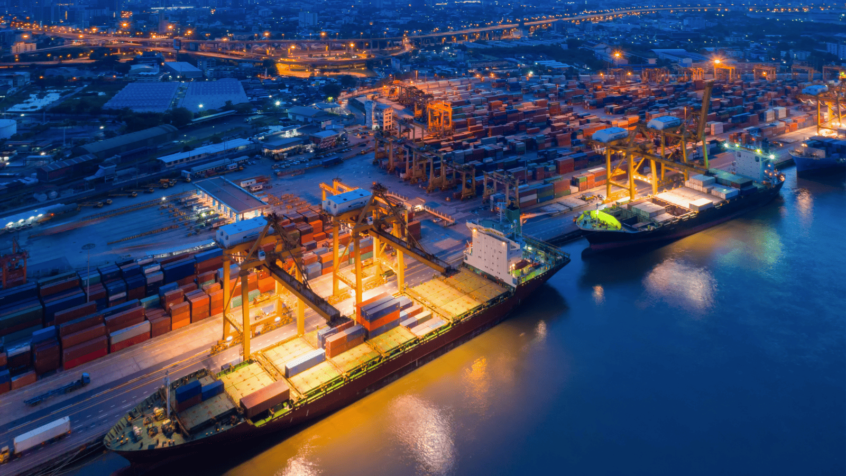Is it the longest congestion ever? Maybe. Great news for one side of the industry and bad news for the other. With container freight rates and port congestion in the worst position compared to 2020 and 2021, the situation doesn´t expect to change until next year, 2023.
The current situation is worse than it was a year ago. The Marine Exchange of Southern California has pointed out in 2021, at this time, there were 40 containers ships waiting on the ocean for berths in the ports of Los Angeles and Long Beach, now there are 101.
During the last two years, we saw multiple predictions about the change of the shipping crisis. First, everybody was expecting to be going back to the normality after the Golden Week in China in October 2020. The next expectation for a change was after the Lunar New Year 2021 and, now we are on the next Lunar New Year and, the reality is the same, or even worse.
According to an Alphaliner statement: “Forecasts for a market correction have been repeatedly kicked down the road” Further, they are talking about industry confidence in the shipping crisis that has propelled the sale-and-purchase market for container vessels to record levels.
There were 572 container vessels sold during 2021, 26% higher than 2017, the last year with the most inflated sales, as a consequence of the collapse of the ocean carrier Hanjin. “The number of container vessels changing hands reached an all-time high in 2021 after shipowners appeared willing to pay almost any price to secure tonnage,” said Alphaliner.
On the other hand, the charter market has increased its rates in 2022. The broker Clarkson indicated that the purchase of ships by many carriers is another reason for the extremely limited availability of capacity on the charter market.
For example, and according to Splash247.com, “the Pasha Group had taken the 2,756 TEUs X-Press Mekong for 50 days from the end of February for a stunning $175,000 a day have been confirmed today by liner data provider Linerlytica, the highest rate ever paid for a containership of this capacity”.
However, on the United States site, the Biden Administration is working on its strategy against the supply chain crisis with the Infrastructure Investment and Jobs Act (IIJA). As they expressed, “This comes on top of a $5 billion agreement between the U.S. Department of Transportation and the state of California to support port and inland improvements in this critical freight node”.
Nevertheless, this initiative has mixed opinions, from those who believe in this strategy as a real solution to decrease port congestion and some others who think that deep inside there is a bigger problem on the supply chain and when that “unknown” problem be solved, we could still see inflate rates and longer transit times for shippers.

